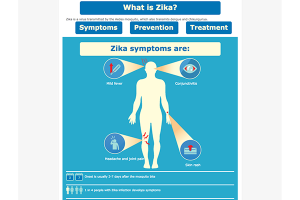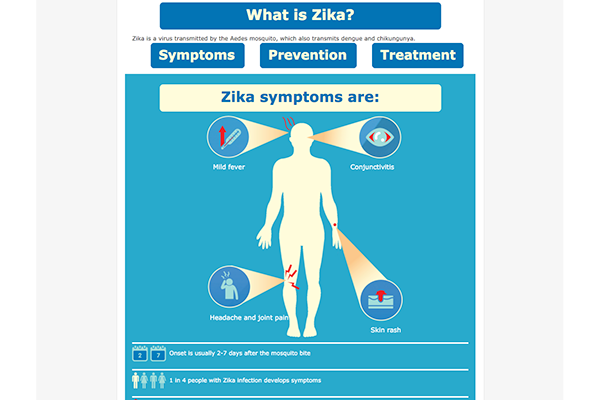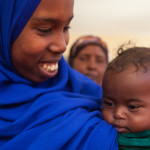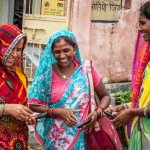HC3 Now Conducting Rapid Assessment of Zika SBCC Efforts in Latin America

From a PAHO-WHO infographic about Zika.
When dealing with a public health crisis caused by an emerging pathogen, a speedy response by global health experts is of the essence. Such was the case with Ebola in 2014 and now is the case with the Zika virus in Latin America.
And in the absence of answers or a cure, technically sound social and behavior change communication (SBCC) is essential in early response efforts. SBCC can help combat misinformation and rumors by establishing a trusted source of information. People will know where to turn when they have questions or hear something that sounds suspicious or wrong.
Without a way to provide correct and credible information, rumors can run rampant and hamper efforts to manage the outbreak. Early in the Ebola crisis, misinformation led people to avoid seeking treatment for fear of catching the virus at health centers. SBCC successfully countered that with messages that to survive, you must get to a health facility. SBCC is also a good tool for increasing individual behavior change when risk perception is low.
SBCC can also help coordinate the global health response, as well as advocate for a more robust response to the crisis. And it can help mobilize communities to support prevention efforts. This was a crucial piece in the successful fight against Ebola in West Africa.
HC3 is now on the ground in four Latin American countries – El Salvador, Dominican Republic, Guatemala and Honduras – conducting a rapid assessment to determine the current status of the epidemic, who is involved in response efforts, what SBCC is happening now, and what potential partners, on the vector control, reproductive health, and political side, could contribute to a coordinated communication effort.
This rapid assessment, or “landscaping” report, will include recommendations to guide future SBCC interventions to combat Zika. There’s an urgent need to act even more quickly because an on-going drought has meant an increase in water receptacles in people’s homes (where mosquitoes breed) and the rainy season coming to central America will mean an increase in mosquitoes.
HC3 is also developing a strategic communication framework that countries can adapt and tailor for their own needs as they develop their own national Zika SBCC strategies. The framework provides key steps for developing a communication strategy, Zika prevention messages and behavioral actions, and audience segmentation techniques.
To be successful against Zika though will require coordinating the stakeholders in the region to share information, harmonize Zika messaging and implement mutually reinforcing approaches – all in real time for a rapid response.
And as we know from other pathogenic health crises, speed is of the essence.








Leave a Reply
Want to join the discussion?Feel free to contribute!